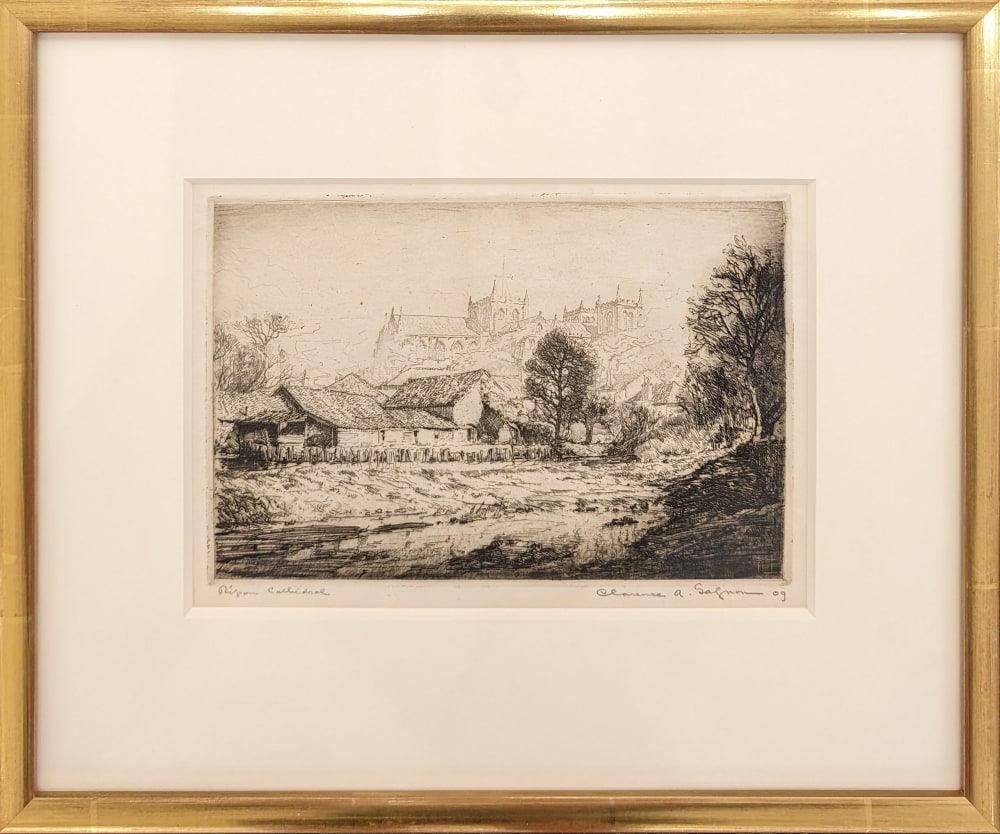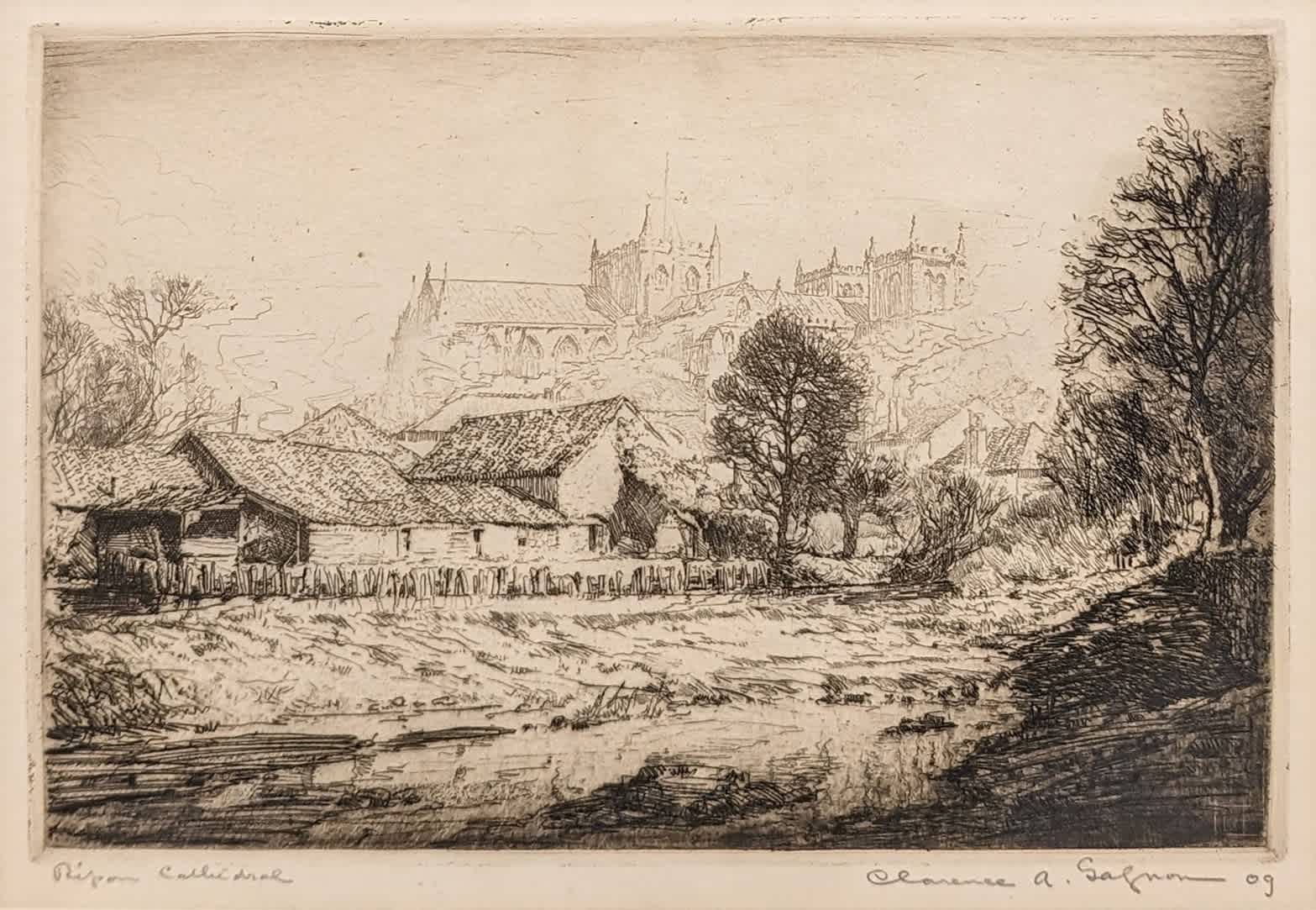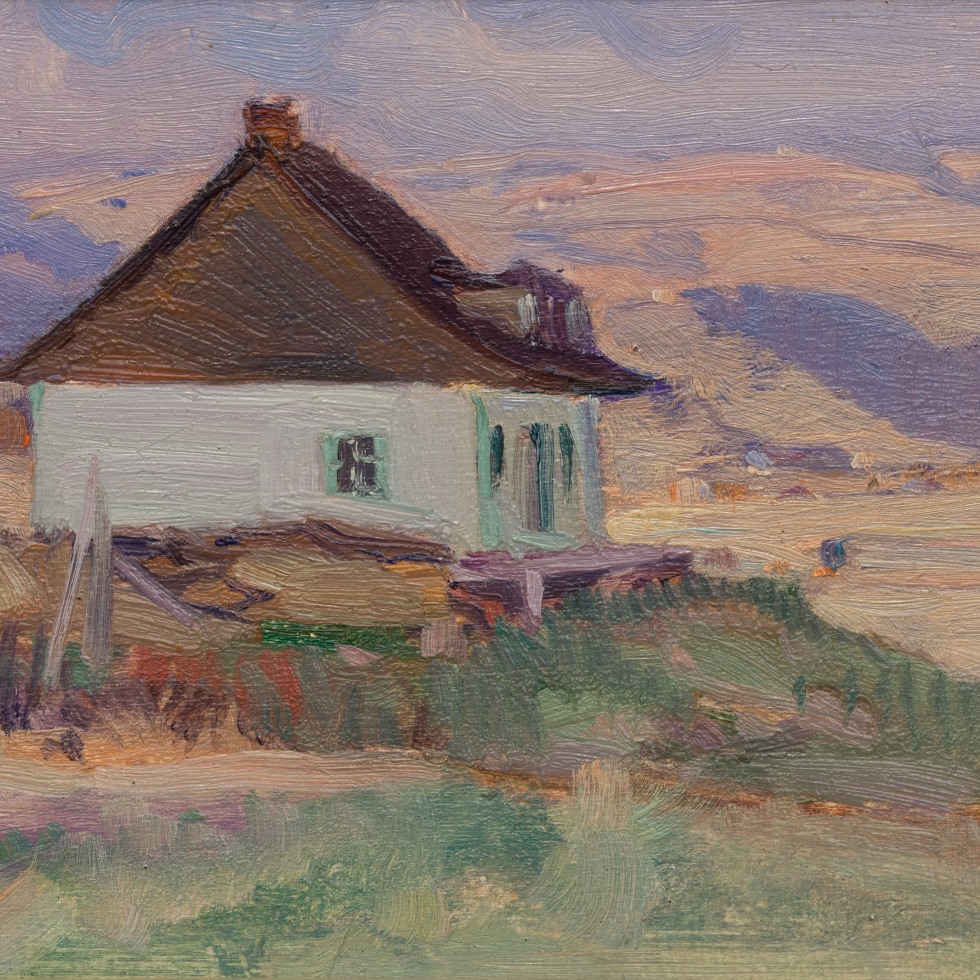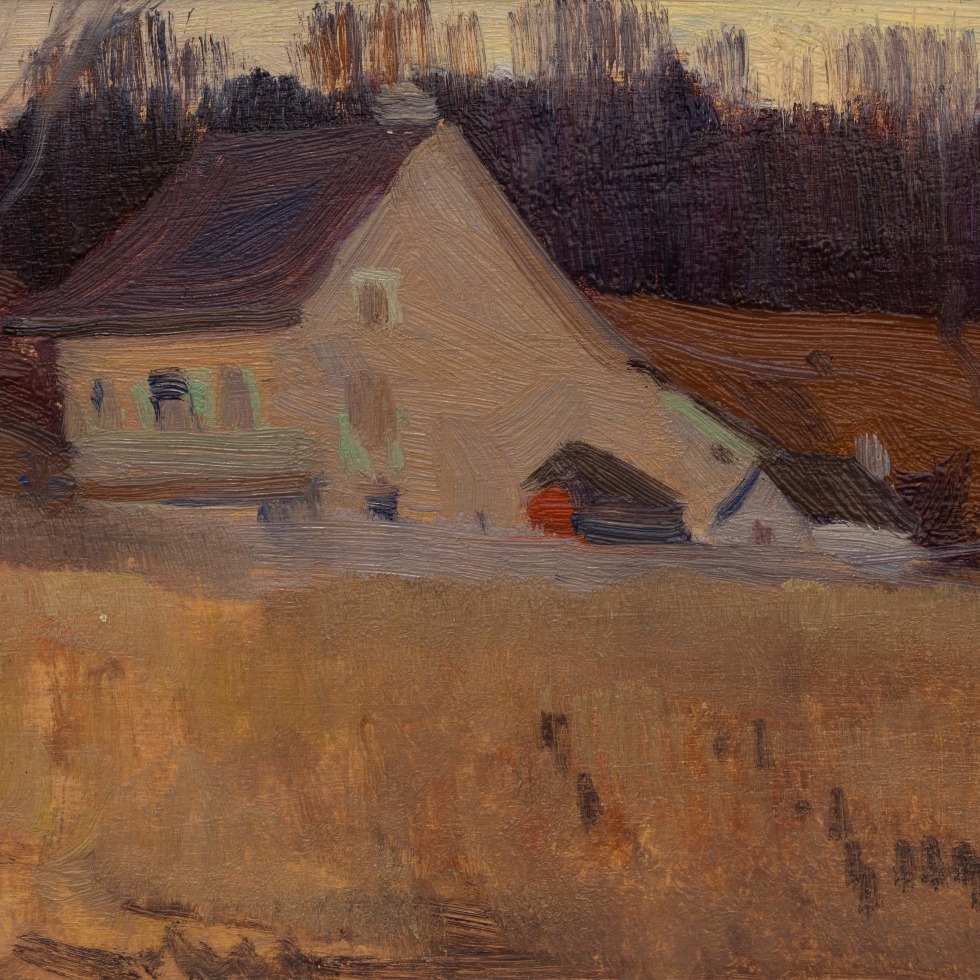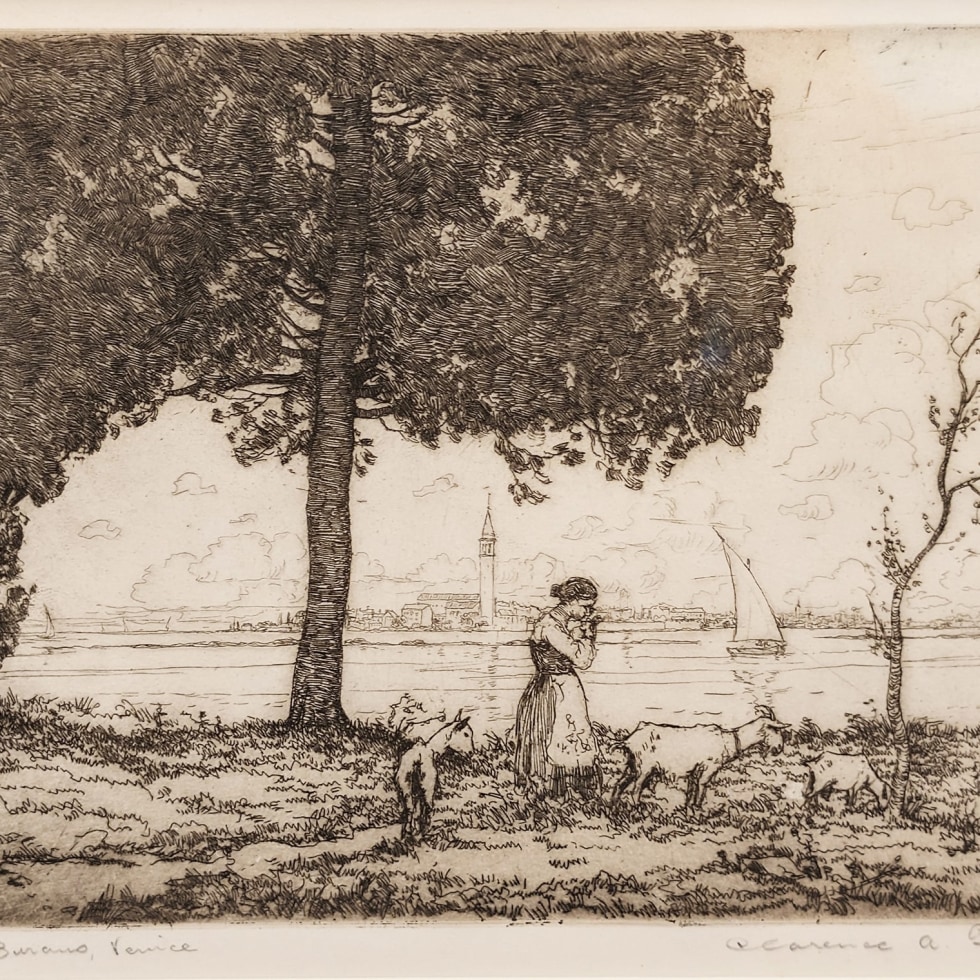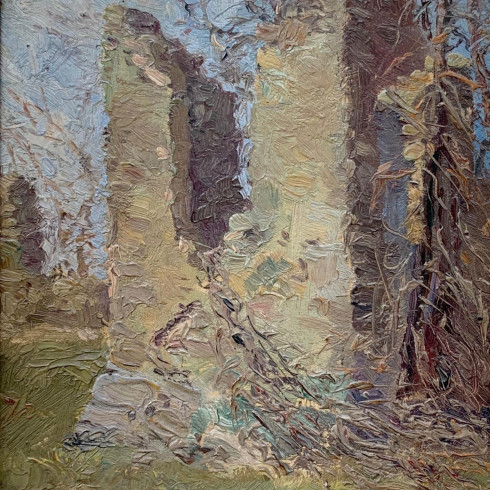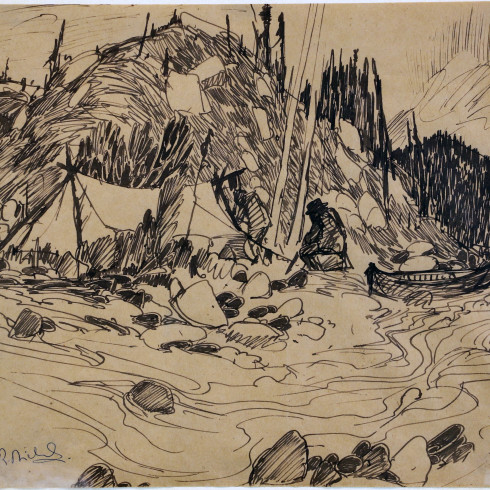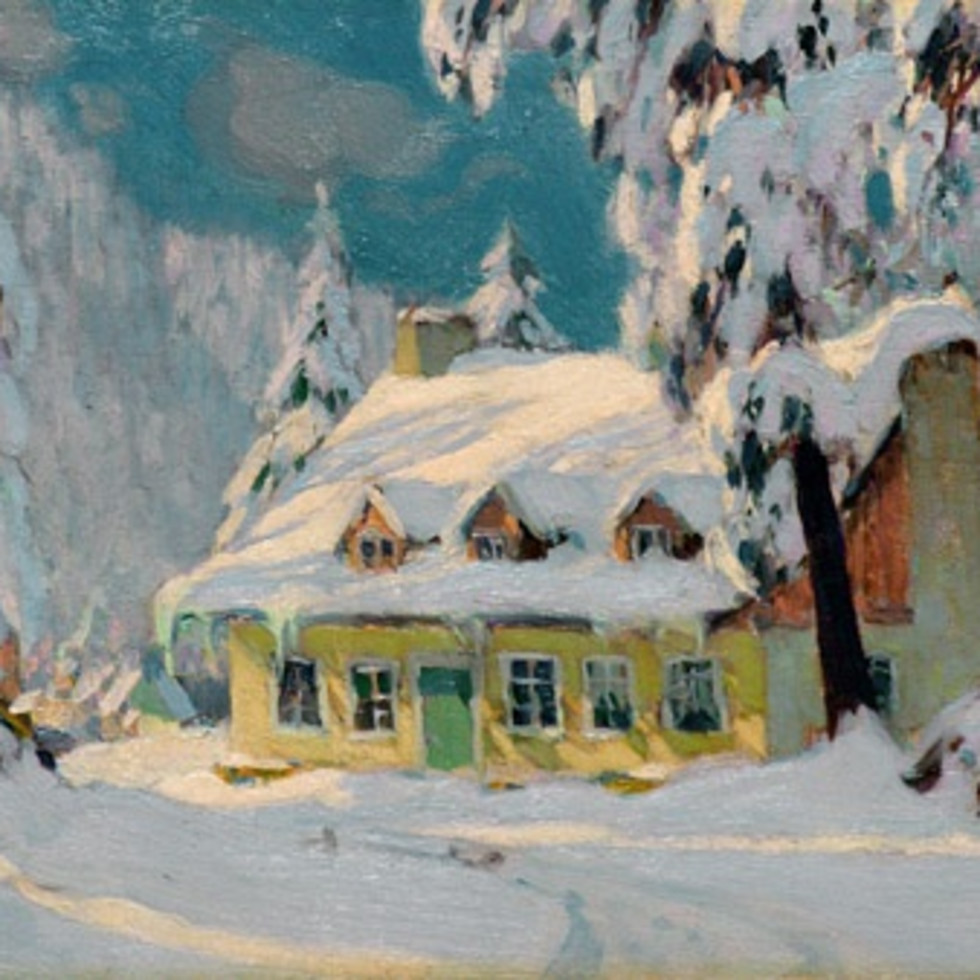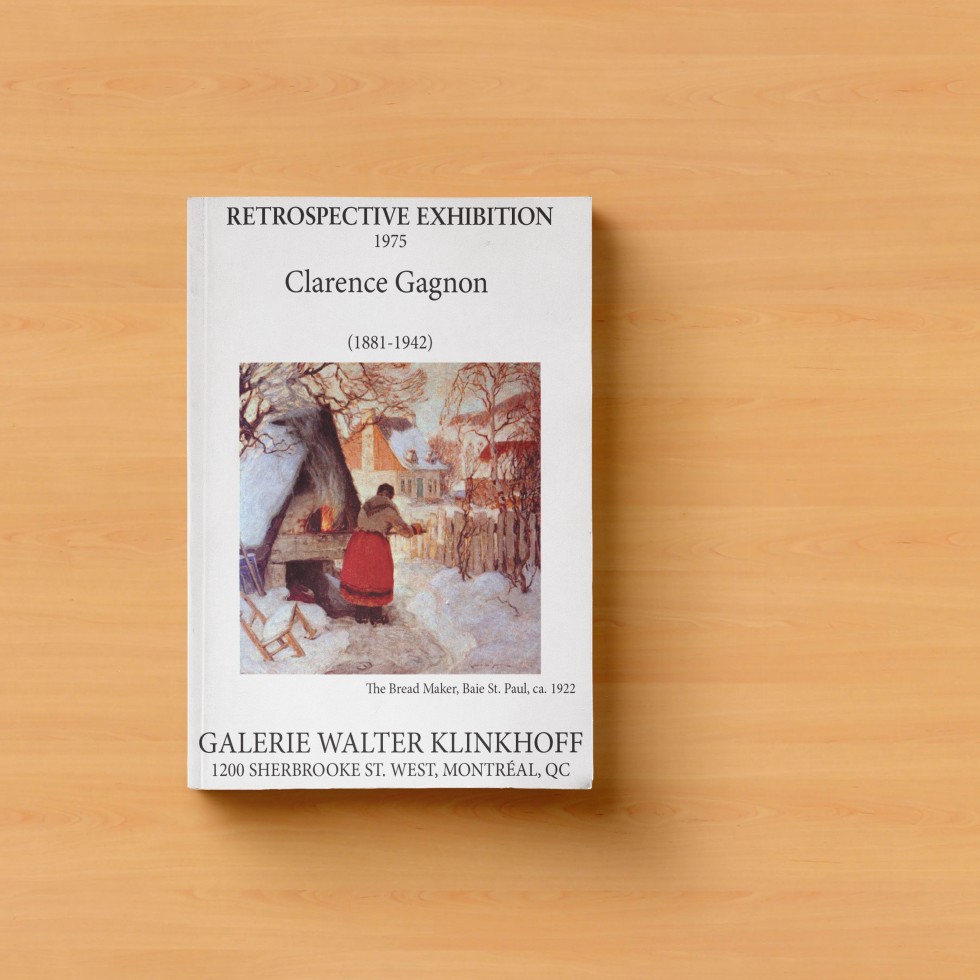Ripon Cathedral, 1909
15.2 x 22.2 cm
Inscriptions
titled, ‘Ripon Cathédral’ (lower left); signed & dated, ‘Clarence A. Gagnon 09’Provenance
An important family, Westmount, Quebec
By descent to the present private collection, Toronto
Exhibitions
Paris, Salon de la Société des artistes français, May-June 1910, no. 4739
Toronto, Art Museum of Toronto, Fifth Loan Exhibition: Catalogue of Pen and Ink, Pencil and Wash Drawings and of Etchings and Engravings on Wood, Copper and Steel, April 11 - May 12, 1912, no.272.
Toronto, Art Museum of Toronto, Fourth Canadian Etchers’ Exhibition, April 4-28, 1917; Halifax, Nova Scotia Museum of Fine Art, May 19 - June 19, 1917.
Toronto, Canadian National Exhibition, Canadian Paintings, Sculpture, Water Colours, Graphic and Applied Art, Architecture Exhibit and Salon of Photography, August 22-September 6, 1930, no. 603.
Ottawa, National Gallery of Canada, Etchings and Monotypes by Clarence A. Gagnon, R.C.A., November 20-December 15, 1937.
Quebec City, Musée de la province de Québec, Exposition rétrospective de Clarence Gagnon, R.C.A., 1881-1942, June 16 - July 16, 1942, no.117; Montreal, The Art Association of Montreal, Memorial Exhibition of Paintings, Sketches, Etchings, etc. by Clarence Gagnon, R.C.A., August 7 - September 30, 1942, no.188; Toronto, Art Gallery of Toronto, Memorial Exhibition of the Work of Clarence Gagnon R.C.A., and J. W. Beatty, R.C.A., O.S.A., October - November 1942, no. P586; Ottawa, National Gallery of Canada, Memorial Exhibition of the Work of Clarence Gagnon 1881-1942, November 1942 - January 1943, no. 186.
Quebec City, Musée de la province de Québec, Un siècle d’art canadien, October 17-24, 1945 [presented through 1951 in various cities in the province, including Arvida, Sherbrooke, Rimouski, Baie Comeau], no. 33.
Montreal, Centre d’art du Mont-Royal, Gravures de Clarence A. Gagnon (période 1902-1910), October 7 - November 7, 1965.
Kitchener-Waterloo, Ontario, Kitchener-Waterloo Art Gallery, Clarence Gagnon, R.C.A., L.L.D., 1881-1942, January 7 - February 6, 1966, no. 56.
Victoria, British Columbia, Art Gallery of Greater Victoria, The Prints of Clarence Gagnon, July 10 -September 8, 1981, no. 36.
Baie-Saint-Paul, Centre d’exposition de Baie-Saint-Paul, Clarence Gagnon 1881-1942, September 18, 1992 - January 15, 1993.
Montreal, Galerie Walter Klinkhoff / Jan Johnson, Old Master and Modern Prints, Inc., The Etchings of Clarence Gagnon, May 9-21, 2005.
Quebec, Musée national des beaux-arts du Québec, Clarence Gagnon, 1881-1942 : Dreaming the Landscape, June 7 - September 10, 2006; Ottawa, National Gallery of Canada, October 6, 2006 - January 7, 2007, cat. 44.
Literature
Thomas Simpsons, Modern Etchings and Thiers Collectors (London: John Lane, The Bodley Head/ New York: John Lane Company, 1919), 53.
Robert W. Pilot, “The Etchings of Clarence Gagnon”, Opinions (Montreal), 1, no. 1, April 1929, 11.
Ian Thom, The Prints of Clarence Gagnon (exhibition catalogue) (Victoria, British Columbia: Art Gallery of Greater Victoria, 1981), 5 and 36 [illustrated].
Carolyn W. MacHardy, “Clarence Gagnon’s European Etchings, 1905-1909.” RACAR - Revue d’art canadienne / Canadian Art Review, 11, no. 1-2 , 1984, 122.
René Boissay, Clarence Gagnon (La Prairie: Édition Marcel-Broquet, 1988), 39 [illustrated].
Rosemarie L. Tovell, A New Class of Art: The Artist’s Print in Canadian Art, 1877-1920 (exhibition catalogue) (Ottawa: National Gallery of Canada, 1996), 160, note 82.
Hélène Sicotte et al., Clarence Gagnon, 1881-1942 : Dreaming the Landscape (exhibition catalogue) (Québec: Musée National des Beaux-Arts du Québec, 2006), cat. 44., 296 [illustrated].
This etching by Clarence A. Gagnon portrays Ripon Cathedral located in the city of Ripon in North Yorkshire, England. The artist strategically places the River Skell in the foreground, gracefully meandering along the composition, providing access to houses positioned behind a delicate wooden fence at the center of the artwork. It is in this setting, behind a light mist, that the cathedral is delicately and meticulously outlined with fine, delicate lines.
An interesting aspect of the composition lies in the fact that the cathedral isn’t the central focus; rather, it's the view of the cathedral from the opposite shore of the river. This clever perspective allows the artist to seamlessly blend nature, daily life, and architecture. Additionally, the recurring motif of the tree, appearing at different planes throughout the composition, highlights the artist's intentional and expressive use of line.
There are two variations of this etching, referred to as State I and II. The Musée national des beaux-arts du Québec (MNBAQ) catalogue Clarence Gagnon, Dreaming the Landscape provides the following description of the different states;
I The cathedral is precisely drawn and clearly visible in all its detail.
II The detail of the cathedral is now obscured by a mist, and foliage has been added to the tips of the tree at right of centre. [1]The etching presented here is State II.
A proof of this etching Ripon Cathedral is in the permanent collection of the National Gallery of Canada, Ottawa, (purchased in 1926), the collection of the McMichael Canadian Art Collection, Kleinburg and the collection of the Musée national des beaux-arts du Québec
_________________________________
Footnote:
[1] Hélène Sicotte et al., Clarence Gagnon, 1881-1942 : Dreaming the Landscape (Québec: Musée National des Beaux-Arts du Québec, 2006), cat. 13., 390.
_______________________________________________________________________________
“He [Clarence Gagnon] is quite simply the best of the early Canadian painter-etchers, recognized immediately as an exceptional talent on his works' first being exhibited in Paris and at home” the distinguished print dealer Jan Johnson wrote as an introduction in 2010 when our family sold The Madeleine Boyer Collection of Clarence A Gagnon etchings.
Jan continued, “Other (most slightly later) Canadian etchers trying to gain a foothold in Europe must have envied the apparently effortless way he attracted favourable publicity, solicitous dealers, and grateful collectors. His recognition as a printmaker preceded any fame as a painter”
“The development of the artist as a printmaker did not require a lifetime, but was rather a bright flare of natural ability that ran its course largely between 1904 and 1910, with one brilliant return to the medium in 1917 [...] In this short time, however, he achieved astonishing mastery of different etching techniques and matured in his ability to use the medium to expressive effect. His gift for draughtsmanship translated readily into an etched line more supple and suggestive than that of many a more experienced printmaker...”
“Gagnon does not appear to have made editions in an orderly fashion, but rather responded to market demand for an image, and spread his printing over many years. However, the fact that he painstakingly printed them himself, while conducting a painting career, and that he was of modest means at that stage, meant that their numbers were never high.” [1]
_________________________________
Footnote:
[1] Jan Johnson, "The Madeleine Boyer Collection of Clarence Gagnon Etchings," Galerie Alan Klinkhoff, January 20, 2011, https://www.klinkhoff.ca/blog/category/1/1548/.



